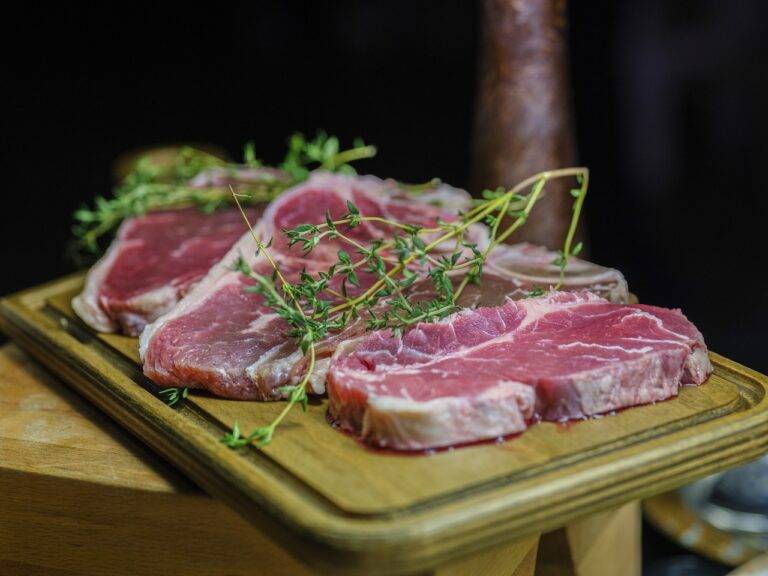The Art of Food Garnishing: Elevating Presentation
Food garnishing is the art of decorating and enhancing the visual appeal of a dish using various edible items. By skillfully arranging fruits, vegetables, herbs, or other food items on a plate, chefs are able to elevate the presentation of the dish and make it more appealing to the eye. Garnishes not only add aesthetic value to a meal but also play a role in enticing diners and stimulating their appetite.
These decorative elements can range from simple to intricate, depending on the type of dish and the occasion. Garnishes can be used to add color, texture, and contrast to a plate, making the overall dining experience more enjoyable and memorable. Whether it’s a sprinkle of fresh herbs, a drizzle of sauce, or an artistically carved vegetable, food garnishing allows chefs to showcase their creativity and attention to detail in every dish they present.
Different Types of Food Garnishes
Food garnishes are an essential aspect of culinary presentation, enhancing the visual appeal of dishes and elevating the overall dining experience. There are various types of food garnishes that chefs and home cooks alike can utilize to add flair and creativity to their creations.
One common type of garnish is herbs, such as parsley, cilantro, or chives, which not only provide a pop of color but also infuse dishes with fresh flavors. Another popular choice is citrus wedges, like lemon or lime, perfect for adding a tangy brightness to seafood dishes or cocktails. Edible flowers, such as pansies or nasturtiums, are a delicate and beautiful garnish that can make any plate look more elegant and palatable.
What is food garnishing?
Food garnishing refers to decorating or embellishing dishes with edible items to enhance their visual appeal.
What are some different types of food garnishes?
Some common types of food garnishes include herbs, citrus twists, edible flowers, sauces, grated cheese, diced vegetables, and more.
How can food garnishes enhance a dish?
Food garnishes not only add to the aesthetic appeal of a dish but can also provide additional flavor, texture, and color to enhance the overall dining experience.
Are there any cultural or regional differences in food garnishing techniques?
Yes, different cultures and regions have their own unique traditions and techniques when it comes to food garnishing. For example, Japanese cuisine often incorporates intricate vegetable carving, while Mediterranean dishes may feature fresh herbs and olive oil as garnishes.





